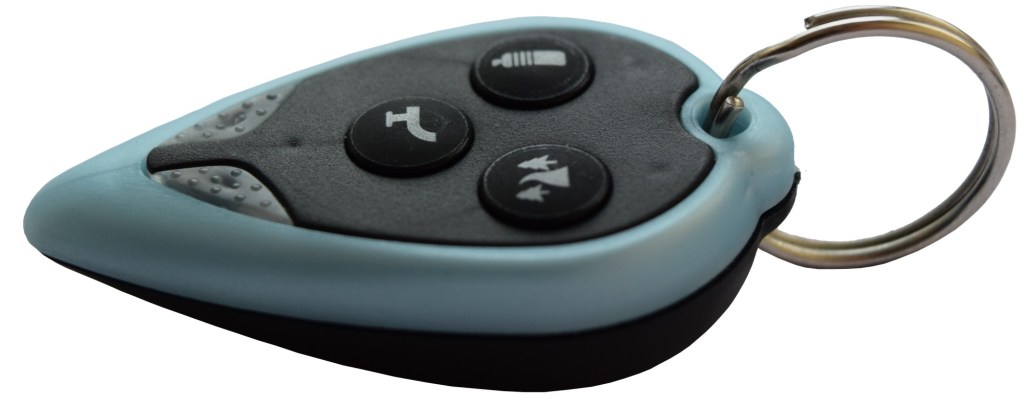
Consistent access to clean water is something billions lack, and part of that is the inability to check whether one’s water is clean or not. Lishtot[1] could help change this with a tiny device that instantly determines if water is safe to drink just by analyzing the electric field around it — no strips, no microfluidics, no toxic chemicals. It honestly sounds too good to be true, but as far as I can tell it’s the real thing.
I talked with Lishtot (Hebrew for “drink”) CEO Netanel Raisch at CES, where he demonstrated the simplicity and effectiveness of the TestDrop device. He had with him two plastic cups of water, to one of which had been added a contaminant. Pressing the test button, he moved the TestDrop toward one cup — blue light, clean. Do the same for the other — red light, contaminated.
 It’s that simple to operate; I did it myself successfully after one or two tries. It’s so simple, in fact, that I was suspicious. I thought it might be some kind of spectroscopy, but where was the emitter? Why did you have to move it, if not to create some kind of doppler effect?
It’s that simple to operate; I did it myself successfully after one or two tries. It’s so simple, in fact, that I was suspicious. I thought it might be some kind of spectroscopy, but where was the emitter? Why did you have to move it, if not to create some kind of doppler effect?
Turns out that the whole thing is based on the electromagnetic fields that surround everything. Water creates its own local field, which is measured by moving the TestDrop through it, and it turns out that clean water emits a slightly different field than water with lead or chlorine in it, water with E. coli, water with dissolved animal matter and so on.
 The device has been subjected to third-party testing, two reports from which I read; the thing really works. It detected even tiny amounts of lead and protein...
The device has been subjected to third-party testing, two reports from which I read; the thing really works. It detected even tiny amounts of lead and protein...